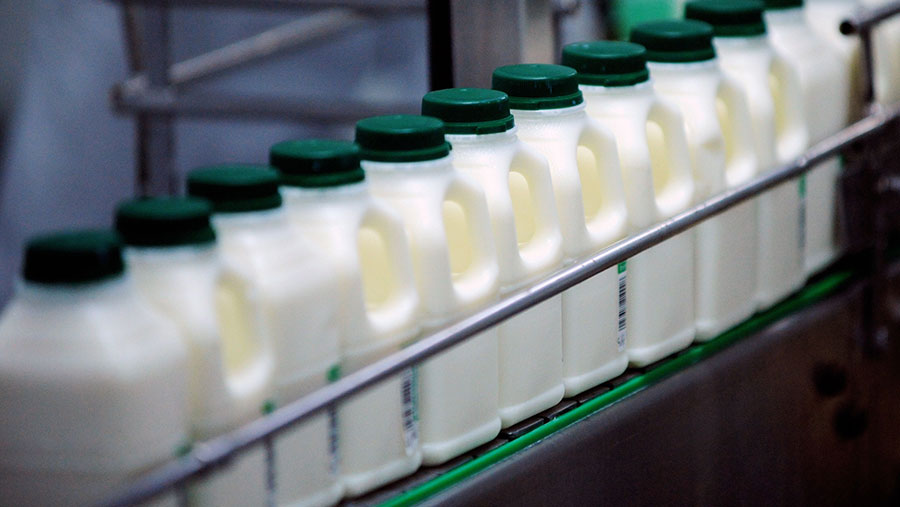Defra figures show UK farming suffers efficiency fall
 © REX/Shutterstock
© REX/Shutterstock The efficiency and competitiveness of UK agriculture fell by 2.2% in 2016, according to estimates released by Defra.
The figures are based on how well inputs are converted into outputs on farms to arrive at a measure known as Total Factor Productivity (TFP).
In 2016 the volume of inputs used remained relatively static, falling by 0.3% on average across all farming sectors compared with the previous 12 months.
See also: How business collaboration can help farmers
But despite the minimal change in inputs, the level of outputs fell by an overall average of 2.5%. This drop was driven by an average fall of 7.9% in production on arable farms, which in turn was dragged down by a 30% fall in oilseed rape production.
Setting the figures against a longer-term picture, Defra said that productivity is still on an upward trend in UK farming.
“Although there are annual fluctuations, the long-term trend is still one of slow but steady overall improvement,” a Defra spokesperson said.
The spokesperson added that the 2.2% overall drop was measured against a record high for outputs in 2015.
Outputs: Cereals suffer fall
Wheat and barley
Among the arable crops, wheat output fell by almost 12% and barley was down by 22.4%. Only oats saw an increase in output, at 2.2%, compared with 2015.
Livestock
Meanwhile, outputs for the livestock sectors were largely positive. Overall, meat production was up by 2.4%.
- Cattle up 3.6%
- Pigs up 4%
- Poultry up 3.2%
- Sheep down 3.4%
- Milk production down 3.3%
Inputs: Fertiliser costs rise sharply
Fertiliser
Of the inputs, average volume levels were largely static or showed only slight movement. The standout change was in fertiliser inputs, which rose sharply by almost 12%.
Fuel and feed
Other increases in input use were seen in fuel for machinery, which showed an upturn of 2.3% in consumption, and compound feed use was up by 1.6%. The area of land used also increased 1.2 on 2015. The largest reduction was seen in a decrease of 5.1% in the amount of feed straights used.
Other inputs
- Labour down 1.1%
- Veterinary medicines down 1.4%
- Plant protection products down 1.5%
- Seed and building maintenance input costs declined by levels closer to the overall average of 0.3%
